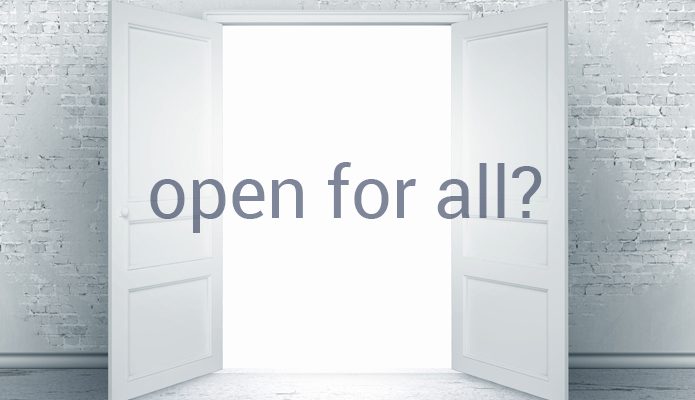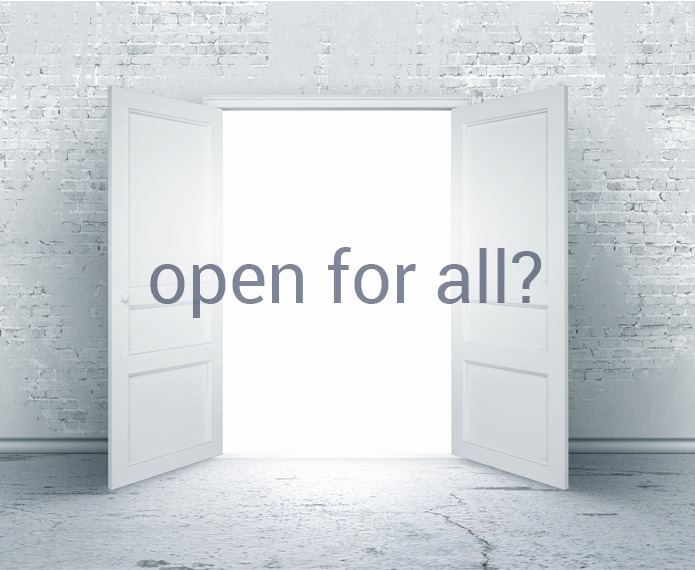The thinking of Comrade F. Dobler from the early 20th century remains relevant and even prescient: those who need open access to information may be those who are fundamentally excluded from public libraries.

Snuffy’s Revenge: the Community Led Library
“Snuffy” is the name of a character who appears in The Classic Slum by Robert Roberts. This delicious slice of British social history paints a rich picture of working class life in the first quarter of the twentieth century. Snuffy is a young boy from a poor but good home who is desperate to join the public library. He particularly wants to read The Last of the Mohicans.
Snuffy’s experience is a good example of the barriers that keep people away from using the public library. These barriers to access can be institutional, personal and social, perceptions and awareness and environmental.
Institutional
Joining the public library was an essay in adventure. Snuffy went, nerves tensed, cap in hand, down the long dark ramp, eased himself through the swing doors and tiptoed to the counter. Beyond, on a stool, bathed like a priest in holy calm, sat Mr Shadlock. [the Librarian].
Institutional barriers are those that library staff themselves may create, and which may discourage or restrict usage by certain people (like Snuffy) or sections of the community. They include unsuitable or unduly restrictive opening hours, restrictions upon the availability of library services, bureaucratic rules and regulations, and inappropriate staff attitudes and behaviour.
In a Community-Led library the staff would not be sitting behind desks waiting for the patrons to come to them. The desks – which create a power dynamic between staff and patrons – would be removed and the staff would be free to rove around the library and help people like Snuffy at their point of need.
Personal and Social
Once Snuffy, seized with a longing for The Last of the Mohicans, and desperate from a diet of improving works, peered closely through the glass and his heart leapt. It was there! Mr Shadlock snatched at the case, stamped the book with a bang. Snuffy dived between the covers and recoiled in horror Work, said the title, and Prayer.
Personal and social barriers exist either because of individual circumstances or because of cultural or community contexts. They include lack of basic skills, low income and poverty, direct and indirect indiscrimination, lack of social contact and low self esteem.
In a Community Led library the community is an expert in its own needs. These needs are never assumed but properly evaluated using a variety of community assessment tools such as community profiling and asset mapping. This needs assessment ensures that patrons get what they want, with a focus on their belonging, esteem, cognitive and aesthetic needs.
Services are the focus of a Community Led library because, as David Lankes has noted “Good libraries build services.” There is also a focus on potential users (like Snuffy) as the Community Led library seeks to reach out beyond its core active user base.
Perceptions and Awareness
He received an impressive blue document which, after quoting certain bye-laws, went on to inform him that ‘your sponsors have been apprised of your having unlawfully retained a Public Library volume 53 days beyond the permitted period for perusal’. The penalties, he gathered from the ruck of words that followed, were appalling.
Perceptions that ‘libraries are not for us’ exist both in individual and community terms. This perception causes difficulties for people who don’t think libraries are relevant to their lives or needs, and people with a lack of knowledge of facilities and services and how to use them.
One of the most persistent perceptions about public libraries is that you need an education and an income to use them. Another prevalent urban myth is that if you don’t return a book you will rack up endless fines and/or be prosecuted. Research has shown that library fines are one of the biggest barriers to library use.
The Community Led library does not charge fines, partly because it does not have arbitrary loan periods or borrowing limits. People are trusted to bring their books back, particularly if they have been requested by another patron. The library is positioned as a community service in which its common wealth is shared equitably with all who need it.
Environmental
He began a frantic search for Work and Prayer. He found it at last under the sofa. Suddenly a new, a terrible thought jerked him to a standstill – henceforth the doors of the Library would be closed to him, inevitably and forever. As one who lays flowers on a hope that has lately died, he placed his book upon the table and crept away.
Environmental barriers include difficult physical access into and within buildings, poor transport links, isolated rural communities and urban decay. For individuals and communities who lead chaotic and complex lives, going to a library or returning a book “on time” is not very high on their priority list (or on their list at all).
Poor young Snuffy gave up trying to use the library because of all the barriers he encountered. Many of these still exist today. But the Community Led library is growing and now accounts for around 20% of public libraries in Canada. For Snuffy’s sake, and many others like him, this movement must continue to develop so that the Community Led library becomes the new dominant paradigm.
John Pateman is the CEO / Chief Librarian of the Thunder Bay Public Library. The Open for All? column explores the nature of libraries and their commitment to openness.
This Post Has 2 Comments
Comments are closed.

There’s some discussion on how the term “community-led” has been co-opted in the UK to describe the volunteer staffing model that is becoming increasingly commonplace. We are also seeing this model suggested in Newfoundland. What do you think of the use of the term in this context?
See: http://www.publiclibrariesnews.com/campaigning/volunteer-run-libraries/cons
This is an incorrect use of the term because forcing communities to either run their libraries voluntarily or see them closed down is clearly not a community-led approach. Public libraries are being forced onto the community in the name of economic austerity but the real driving force is neo-liberal ideology. In the true community-led library the paid staff and the local community work together to co-produce the planning, design, delivery and evaluation of library services.